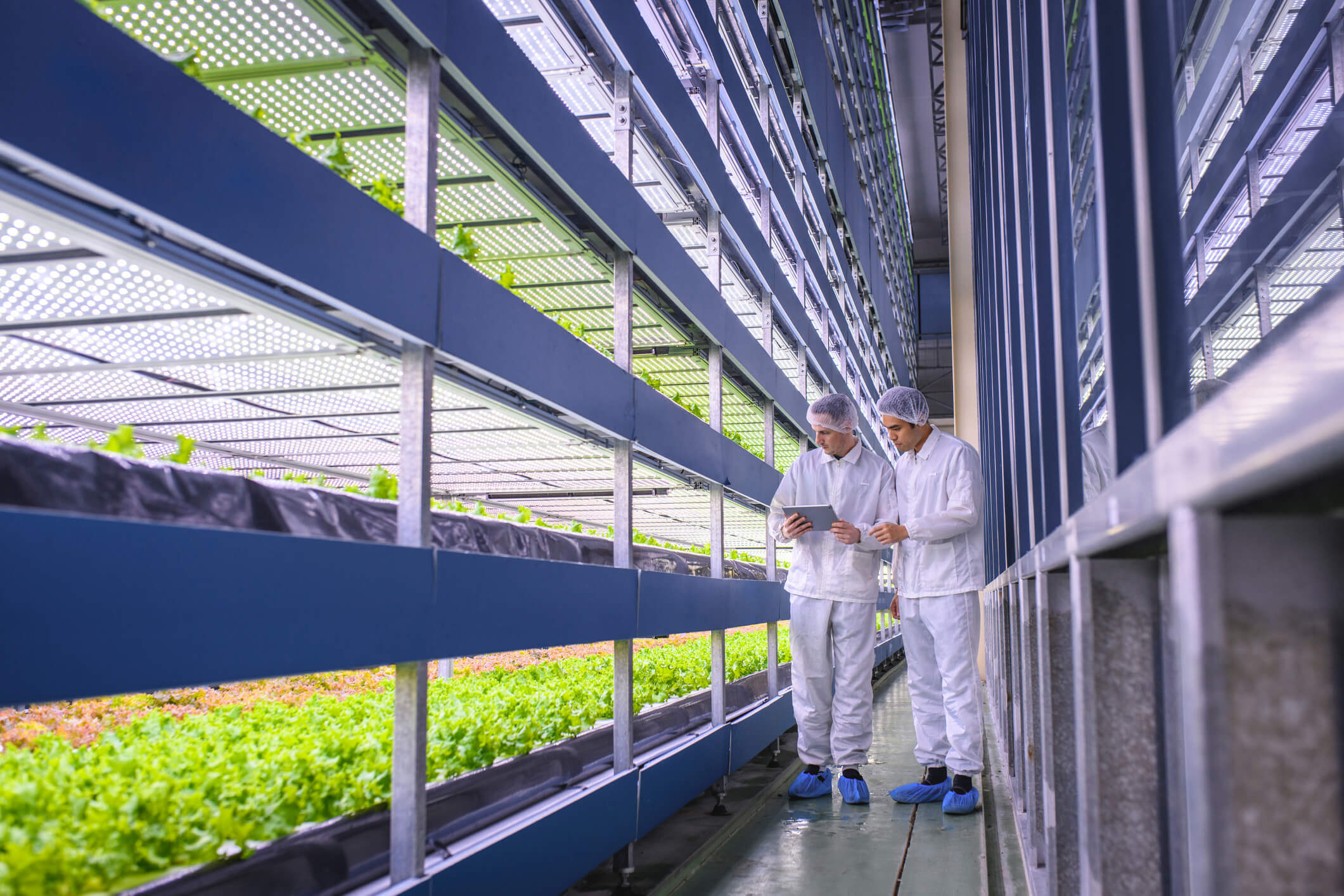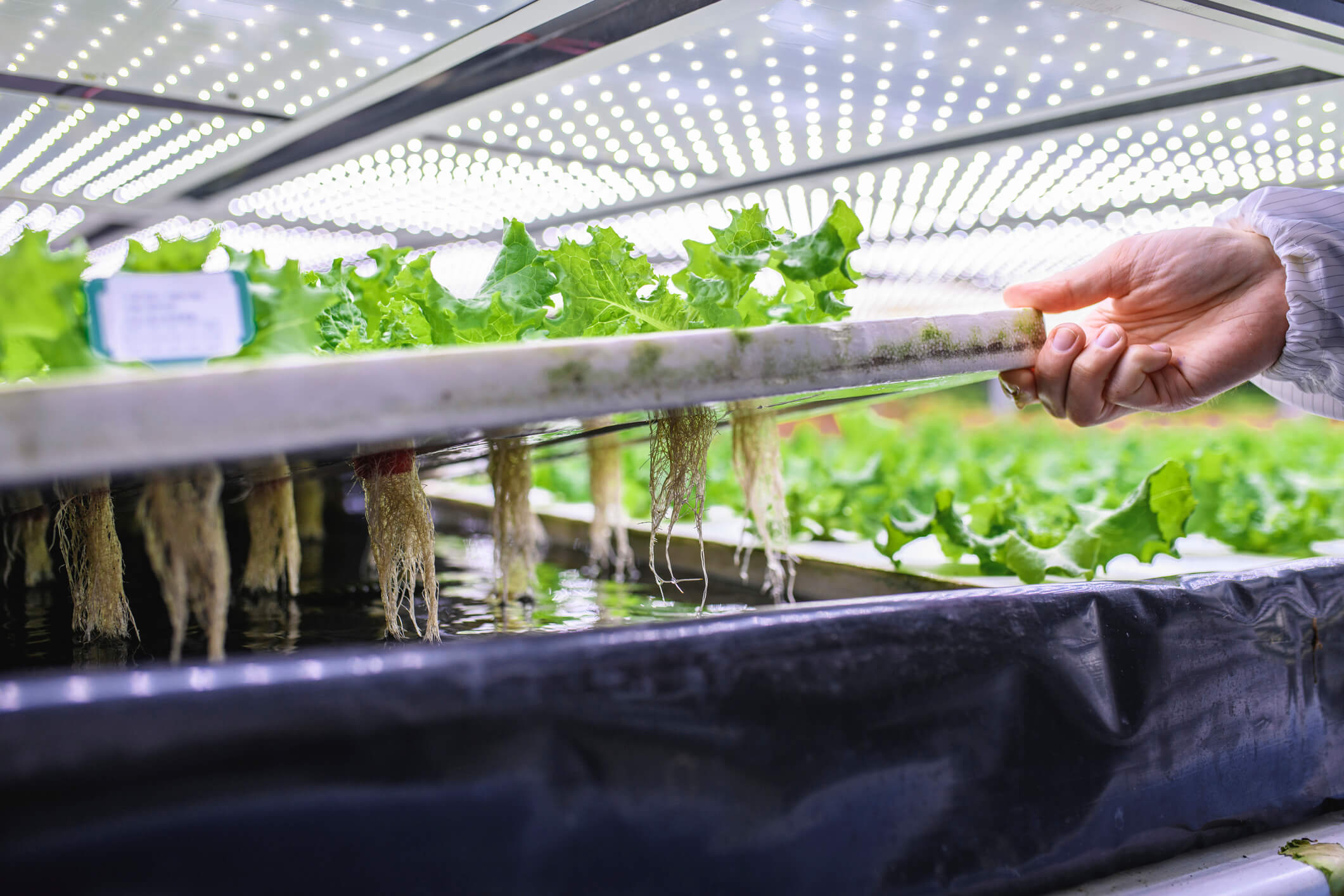Think about some of your fondest memories. There’s a good chance your walk down memory lane includes family gatherings around the kitchen table sharing stories over a mouth-watering spread. We love to eat. We need to eat to survive. The United States alone is projected to grow by nearly 79 million people in the next four decades. And, that brings us to the question, “how do we feed more people knowing the earth’s surface doesn’t grow?” Over the last few decades, the challenge of feeding a growing population has drastically changed how farmers, well, farm. Let’s dig into this more, and how sustainable agriculture can help:
Farming for the Future
American farmers and scientists are harnessing innovation and technology to create sustainable farming practices in hopes of minimizing harm to food and water resources for future generations. Climate change woke us from our slumber over the last decade, leading the agriculture industry to implement revolutionary farming methods to minimize the effects on land masses and erosion.
Two major solutions showing promise are hydroponics and vertical farming – both are done indoors and often work in tandem. Vertical farming is the practice of growing crops in vertically stacked layers in a controlled environment. This method most often uses hydroponic systems – essentially skipping soil and subbing in nutrient-rich water to soak the roots.
Vertical Farming Benefits

Team of researchers studying global food security observe the growth of lettuce crops in a vertical farming facility.
The modern concept of vertical farming was first introduced 20 years ago. Since then, major agriculture producers to small mom and pop operations adopted the practice of growing higher. The benefits of vertical farming are bountiful:
Year-Round Crop Production
Crops are grown year-round – even in the dead of winter. An indoor environment makes this possible with controlled light and temperature, eliminating the variables of turbulent climate and weather conditions. Farmers can also produce significantly more crops in the same square footage growing area. For example, a recent study found wheat grown in a 10-layer vertical farm had a yield between 220 and 600 times greater than traditional farming methods.
Sustainability for Urban Areas
Abundant crop yields grown in tall buildings contribute to the sustainability of overpopulated urban areas. Finding new land to clear is a growing problem as cities grow bigger by the day. Vertical farms also make use of abandoned warehouses and buildings converted into indoor agricultural production centers. Bringing the farm to the people harmonizes sustainable urban environments where they not only live but thrive.
Better for the Environment
Vertical farming gives land back to nature which in turn helps rebuild ecosystems. Traditional agriculture practices often contribute to land erosion, chemical and pesticide runoffs into natural water streams and disruption to wetlands and wildlife habitats.
Safe for Farmers and Consumers
With heavy machinery and farming equipment are out of the equation, growing produce indoors eliminates hazardous variables making the food safer to produce and consume. Farmers also have less exposure to insects, diseases and there’s no exposure to weed or pest control products.
That means consumers have access to high-quality and organic food, encouraging good health for all.
Hydroponic System Benefits

Scientist specializing in sustainable urban ecosystems lifts a rack of lettuce crops to examine their root structure.
Hydroponics are hailed as the industry standard for indoor farming. The U.S. market for hydroponic systems is estimated at $9 billion in 2020 and is projected to nearly double by 2025. Two other methods are aeroponic systems which grow crops in the air – or in a mist environment – and aquaponics which grow fish and plants together in one system, with the plants receiving nutrients from fish waste. Here are just a few of the benefits:
Bigger Yields than in the Fields
Hydroponics are predominantly used by farmers since they accommodate large-scale growing. Many crops are produced twice as fast, decreasing time in between harvest and consumption. For example, leafy greens are ready for picking just one month after germination vs. 40 to 70 days compared to traditional farming techniques.
Hydroponic Systems Promote Water Conservation
Traditional farming practices use up to 90% of the nation’s consumptive water supply. Hydroponic systems use drastically less water – as much as 10 times less – since they capture and reuse water rather than letting it drain into the environment.
Significantly Less Labor
Hydroponics require less labor than traditional growing methods except during two periods: the initial setup of an indoor system – which can get expensive – and during harvest. However, vertical farming saves laborers from the hard task of spending months at a time preparing acres of land, removing weeds and pests, tilling and watering.
Top 3 Vertical Farming Companies
Many of the nation’s top agriculture producers are growing higher rather than wider. There are dozens of major sustainable agriculture companies leading the charge. Here are three who stand out from the pack:
Global headquarters: Newark, NJ | Founded: 2004
The sustainable indoor agriculture company is one of the most acclaimed vertical farming operations in the world. AeroFarms uses its award-winning patented aeroponic system to produce more than 800 varieties of crops and up to two-million pounds of food per year. Named one of the World’s Most Innovative Companies by Fast Company two years in a row, AeroFarms recently announced plans to build the world’s largest vertical farm in Abu Dhabi.
Headquarters: San Francisco | Founded: 2014
The San Francisco-based startup specializes in producing arugula, lettuce, kale and exotic herbs. Plenty raised $500 million in funding and is backed by high profile tech executives including Amazon CEO Jeff Bezos. Plus, berry farming giant Driscoll’s recently announced its partnership with Plenty to grow and harvest its fruits indoors.
Headquarters: New York | Founded: 2015
Bowery Farming raised more than $172 million from investors since its inception in 2015, making it one of the fastest growing food producing startups in recent history. In the fall of 2020, the farming company announced it experienced 600% growth with its products now available in more than 650 stores across the U.S.
Sustainable agriculture practices are quickly becoming the wave of the future. For centuries, the American spirit of innovation gave root to traditional farming. While 21st century science, data and technology uncovered conventional farming’s harmful effects, it’s the same innovate spirit that will transform the industry to replenish resources for future generations.


